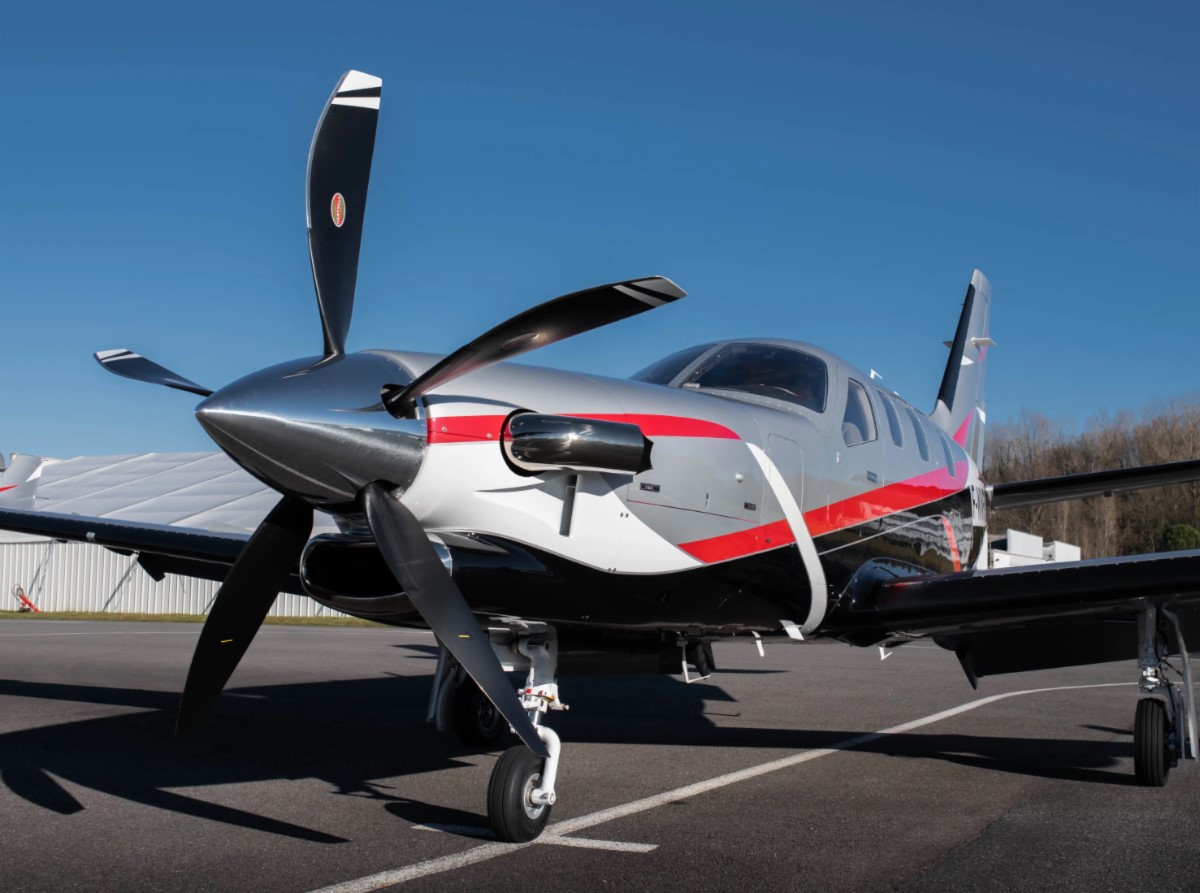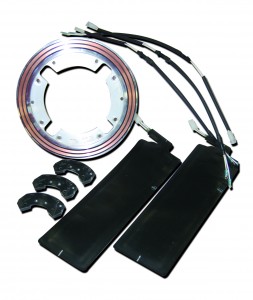
Winter weather is in full swing, which means it’s time to think about the possibility of encountering dangerous icing conditions in flight. Ice poses several problems for light aircraft. Not only does ice add weight, but as it accumulates on airfoils such as the wings and propeller, it disrupts the smooth flow of air, increasing drag while destroying lift and raising the stalling speed. As a result, significant ice buildup can render an aircraft uncontrollable.
Thankfully, we now have aircraft icing systems for aircraft to help prevent the formation of ice on airfoils and even fight it once it begins to accumulate. Regardless, the risks of structural icing should always be taken seriously. Prolonged flight in icing conditions is hazardous, even if your aircraft is equipped to address it.
Ice typically appears on propeller blades before it forms on the wings, so it’s important to address propeller icing as quickly as possible. Generally, there are two types of ice protection equipment for aircraft propellers: anti-icing and de-icing systems.
A propeller anti-ice system prevents the formation of ice on propeller surfaces by dispensing a special fluid that mixes with any moisture on the prop. This mixture has a lower freezing point than liquid water alone, helping to prevent ice from forming on the propeller blades. The mixture may then flow off the blades before it forms ice. Propeller anti-ice systems should be activated before entering icing conditions.

If ice accumulates unevenly on propeller blades, it can cause them to go out of balance and vibrate excessively. A propeller de-ice system removes structural ice that forms on the propeller blades by electrically heating de-ice boots installed on the leading edge of each blade. The ice partially melts and is thrown from the blade by centrifugal force. Propeller de-icing systems are controlled by the pilot operating one or more on-off switches and feature a timer or cycling unit that heats the blades in a sequence to ensure even ice removal.
As the world leader in propeller design and manufacturing, Hartzell Propeller carries the same level of expertise into the production of our durable propeller ice protection products. Our popular de-ice kits are extensively tested and FAA-certified, and feature superior warranty coverage. In addition to our innovative propeller ice protection systems, we’re also proud to promote safe cold-weather flying by offering Tanis Aircraft Systems heated products, including piston engine preheat, turbine engine preheat, helicopter preheat, battery, avionics, and cabin preheat.
If you have any questions about ice protection systems for your specific propeller, or Tanis heating products for your aircraft, please contact us.